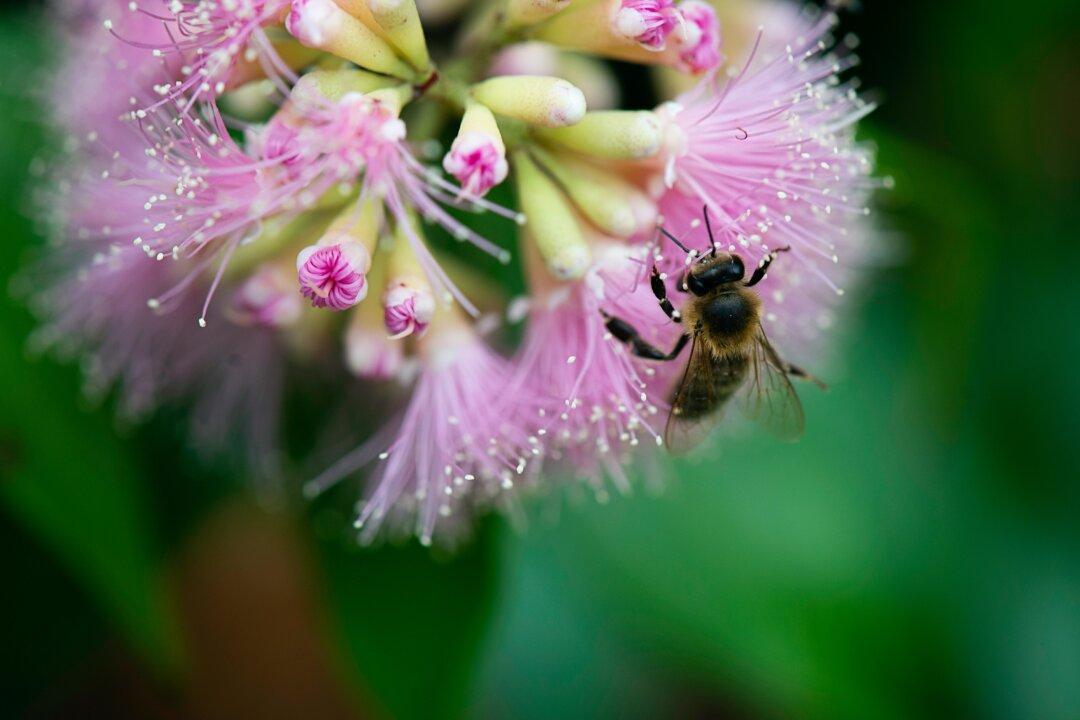Australian research has found that an insecticide may slowly contribute to bee population decline even at low doses.
A study by the University of Melbourne exposed bees to only small amounts of neonicotinoid insecticides (the most frequently used class of pesticides globally) including imidacloprid, akin to what one might expect in nature.





